Scientific name Ulmus davidiana | Genus Ulmus Rank Species | |
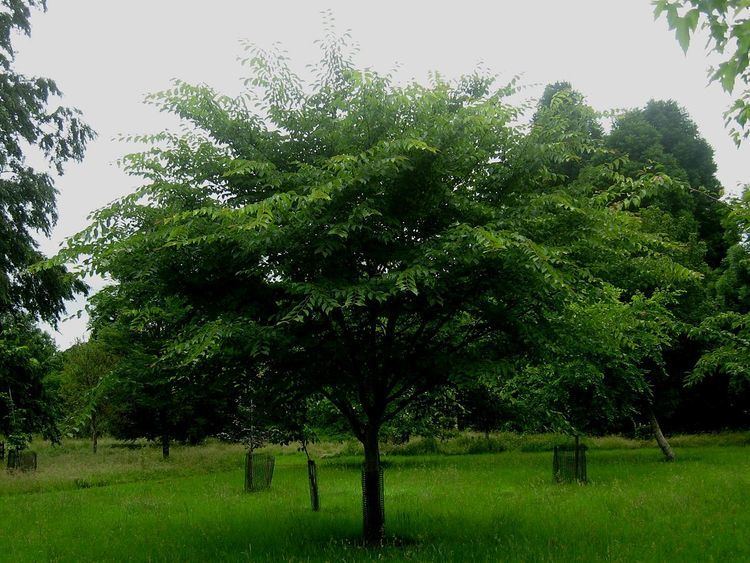 | ||
Similar Ulmus davidiana var japon, Ulmus macrocarpa, Ulmus laciniata, Ulmus bergmanniana, Ulmus castaneifolia | ||
Ulmus davidiana , the David, or Father David, elm, is a small deciduous tree widely distributed across China, Mongolia, Korea, Siberia, and Japan, where it is found in wetlands along streams at elevations of 2000–2300 m (6,500–7,500 ft). The tree was first described in 1873 from the hills north of Beijing, China.
Contents
- Classification
- Description
- Pests and diseases
- Cultivation
- Recent testing at The Ohio State University
- Notable trees
- Etymology
- Accessions
- Nurseries
- Seed suppliers
- References
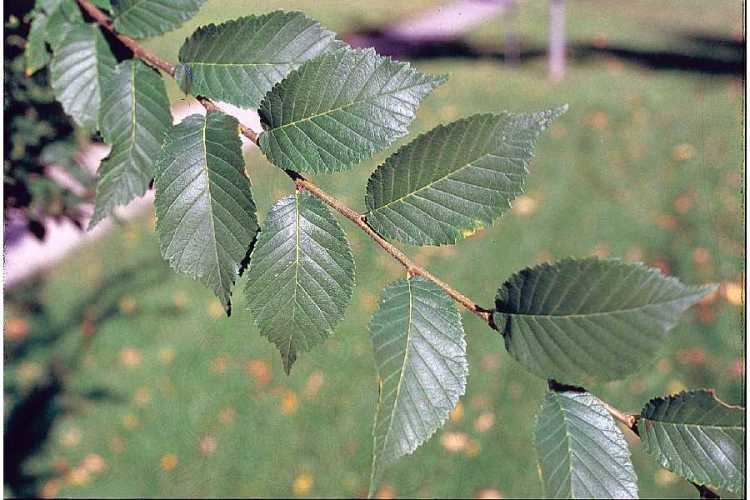
Classification
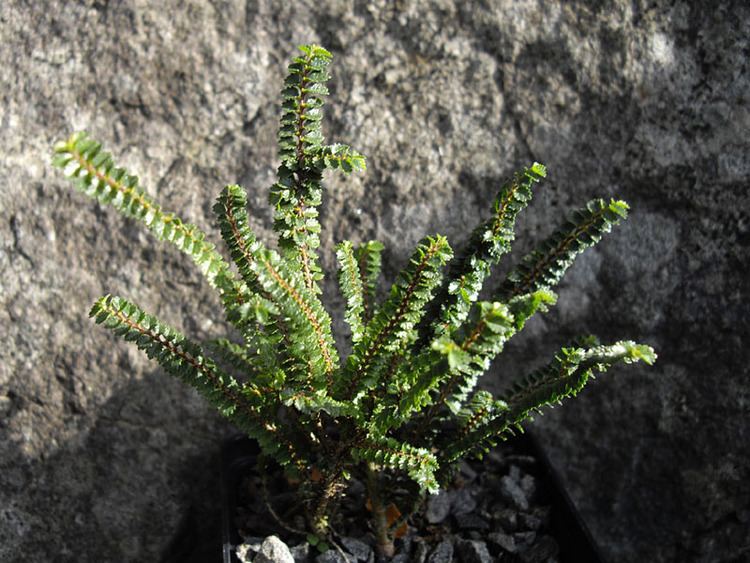
Two varieties of Ulmus davidiana are recognized: var. davidiana L.K.Fu, occurring only in China, and var. japonica Rehder, the more widely ranging Japanese Elm.
Description
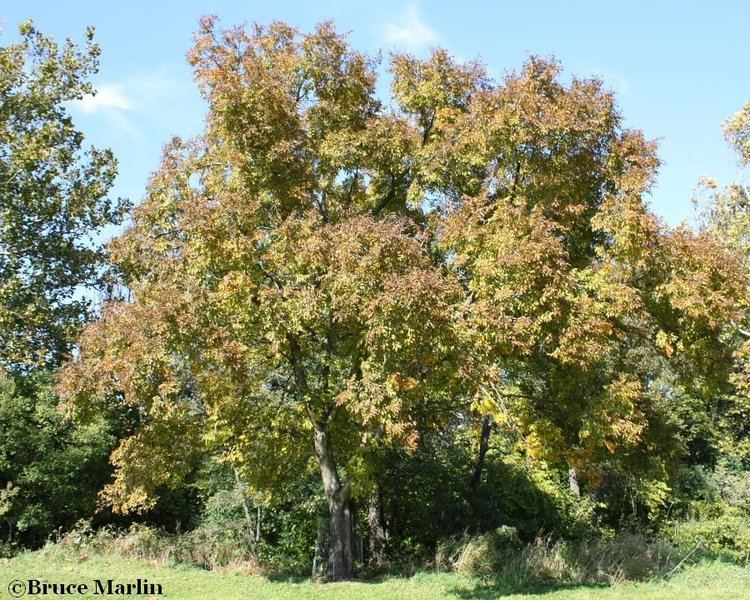
Ulmus davidiana is considered to have a remarkable resemblance to the American elm (U. americana) in all but ultimate size. The tree grows to a maximum height of 15 m (50 ft), with a relatively slender trunk < 0.3 m (1 ft) d.b.h. supporting a dense canopy casting a heavy shade. Its bark remains smooth for a comparatively long time, before becoming longitudinally fissured. The leaves are obovate to obovate-elliptic < 10 cm (4 in) × < 5 cm (2 in), with a rough upper surface, often dark red on emergence. The perfect, wind-pollinated apetalous flowers are produced on second-year shoots in March, followed by obovate samaras < 19 mm (3/4 in) long × < 14 mm (1/2 in) wide.
Pests and diseases
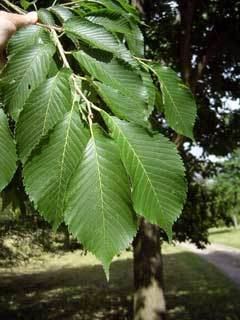
Evaluated with other Chinese elms at the Morton Arboretum in Illinois, the tree was found to have a good resistance to Dutch elm disease (DED) [4] [5]. In the Butterfly Conservation trials in the UK, trees grown from seed obtained in Liaoning, China, by the Morton Arboretum were defoliated at the crown by DED when only 6 years old and < 4 m (31 ft) high, but recovered. The species is reputed to have a good resistance to Elm Leaf Beetle Xanthogaleruca luteola, Elm Yellows (elm phloem necrosis) and leafminers in the USA. [6]
Cultivation
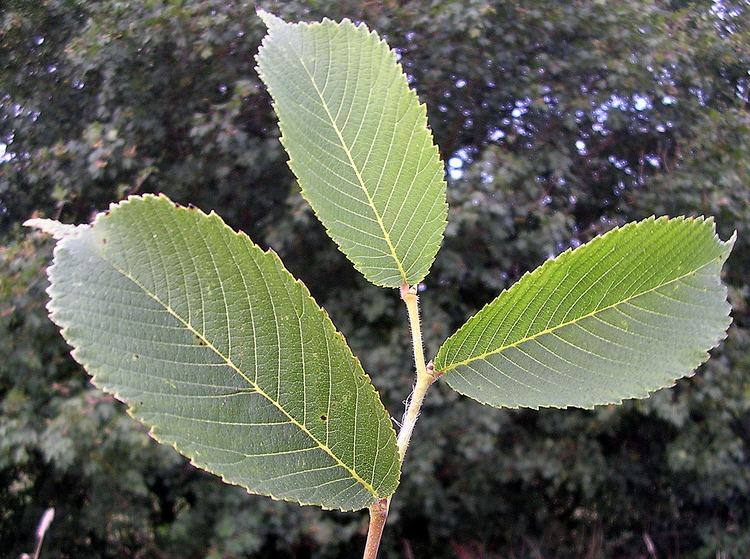
Ulmus davidiana is only rarely cultivated in the West, being unsuited to all but very sheltered, humid conditions, and is intolerant of ponding. In trials conducted by Butterfly Conservation at Great Fontley Farm, Fareham, England, specimens often grew too rapidly in the comparatively benign conditions, the narrow stem unable to bear the weight of the burgeoning crown, leaving the tree arching to the ground ("Pruning can help the plant result in a more structurally stable branching pattern" ). The same trees commenced flowering when aged nine years, in mid-March.
There are no known cultivars of this taxon, nor is it known to be in commerce beyond the United States.
Recent testing at The Ohio State University
The David Elm has shown some promise as a result of recent testing at the Ohio State University (OSU) in Ohio. At OSU, the plants were cultivated in copper-lined pots and planted in a wide lawn under a powerline and in small home lawns. The tree's performance has been mixed, but shows potential. Some specimens did extremely well, while others struggled. The tree seems to perform well on disturbed sites, in calcifereous (alkaline) soils, and also seems to have a better tolerance for wet soil than the literature has indicated. A number of strong saplings were cultivated that show promise. Some saplings underwent judicious pruning early on to maximize structural stability of the plant, and blue-colored tree shelters were used on some plants until the stem reached a diameter of 25–37 mm.
Additional observation shows that at least 50% of emerging leaves on the trees survived a hard freeze that lasted 5 days during April 2007. Leaves were approximately 70% emerged when temperatures fell to −6°C (21°F). Temperatures fell below freezing for 5 days (April 4–8, 2007).
Notable trees
The UK TROBI Champion is a relatively young tree at White House Farm, Ivy Hatch, Kent, measuring 5 m high by 17 cm d.b.h. in 2009.
Etymology
The tree is named for Father Armand David, the French missionary and naturalist who introduced the tree to France in the 19th century.
